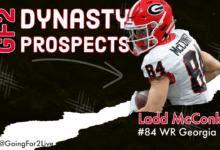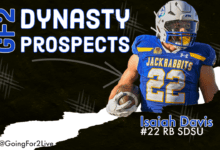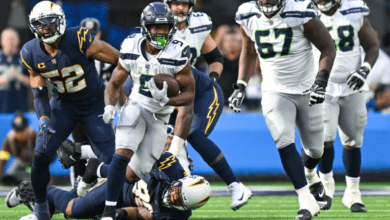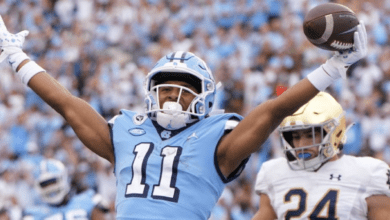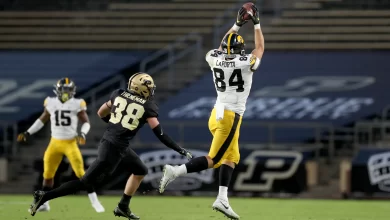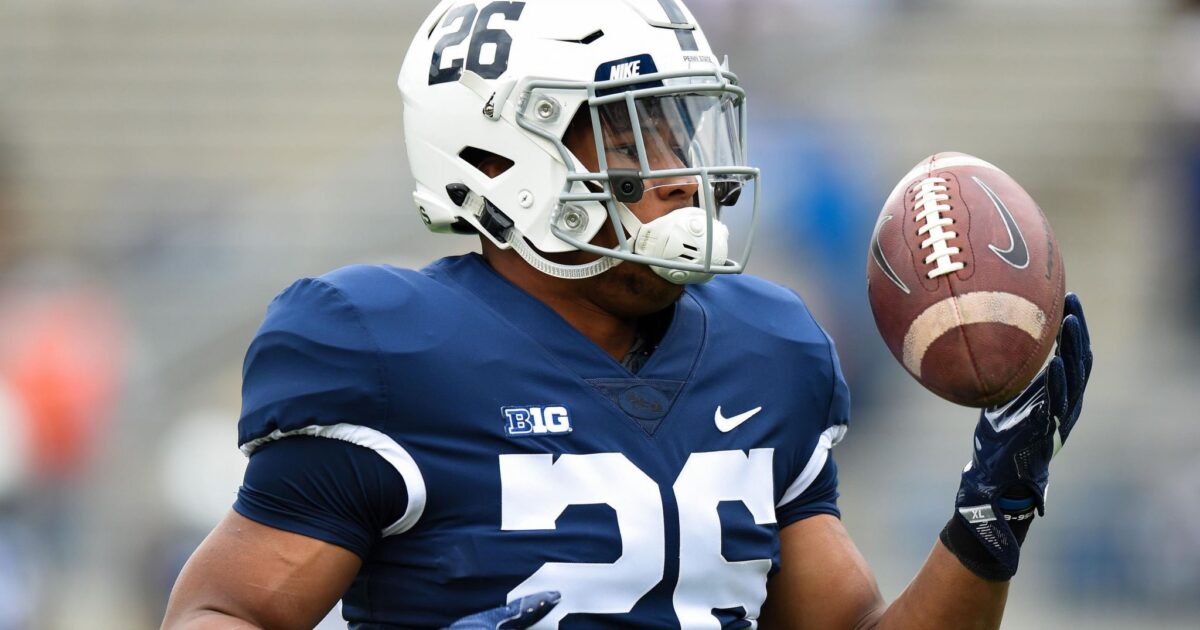2019 Fantasy Baseball Profile: Sonny Gray
Upon being acquired by the New York Yankees at the trade deadline in 2017, Sonny Gray was adequate (3.72 ERA) but hardly flawless (3.7 BB/9, 2.19 K/BB, 4.87 FIP) in 11 starts over the rest of the season.
Things went completely off the rails for Gray in New York last year, as he posted a 4.90 ERA and career-worst 2.16 K/BB ratio over 30 appearances (23 starts). His home/road splits were dramatic.
Home: 59.1 innings, 6.98 ERA, 11 home runs allowed, 6.8 K.9, 1.29 K/BB
Road: 71 innings, 3.17 ERA, three home runs allowed, 9.9 K/9, 3.55 K/BB
On Monday, after a contract extension was agreed on, Gray was officially traded to the Cincinnati Reds. The move to the National League should be helpful, but he’s making a move from a home park (Yankee Stadium) with the highest home run factor last year (via Bill James’ 2019 Handbook) to a home park with the fourth-highest home run factor (Great American Ball Park).
Gray has been bad in two of the last three seasons. But health issues limited him to 22 starts for the Oakland Athletics in 2016, and a 5.69 ERA with some career-worst peripherals can be partially blamed on those arm issues.
Gray became a first-round pick pitching at Vanderbilt under the tutelage of pitching coach Derek Johnson, who is now the Reds’ pitching coach. That can only help Gray bounce back, in real and fantasy baseball terms.
Gray maintained average fastball velocity in line with his career norms in 2018 (93.8 MPH), while remaining a ground ball-tilted pitcher (50 percent ground ball rate, via FanGraphs). His home run/fly ball rate (13.3 percent percent) dropped from 2017 (15.1 percent), with a similar amount of fly ball volume compared to his career (27.1 percent, 27.7 percent for his career).

So without a hidden injury last year, what gives for Gray?
Via FanGraphs, the answer is in his pitch mix.
2017: Fastball: 55.1%; Slider: 16.1%; Curveball: 13.9%, Changeup: 14.9%
2018: Fastball: 35.1%; Slider: 17%; Cutter: 20.4%: Curveball: 22.8%; Changeup: 4.7%
Gray threw a normal fastball far less last year, while incorporating a cutter to fill the difference. His curveball usage also spiked, with a nearly parallel correlation to the drop in his changeup usage.
Gray’s deeper batted ball splits for 2018 also tell a big part of the story. Opposing hitters hit the ball to the opposite field just over six percent more compared to 2017 (27.2 percent), with a hard contact rate that jumped over seven percent (35.5 percent; 28 percent in 2017).
Love our content? Check out the GoingFor2 Live Podcast Network!
The simple fixes would be for Gray to throw his traditional fast ball more often, while pretty much ditching a cutter and balancing the use of his curveball and changeup far better. Working with Johnson again should help bring back that approach, and Gray should be open to it after last year’s struggles.
Gray can’t help but be better in 2019. An ERA around 4.00 is easily in order, with good peripheral rates and 10-15 wins over 30 starts (170-180 innings). He is being drafted close to No. 300 overall (practically undrafted, as a practical matter), and outside the 50 (Rotowire ADP) or top 90 starting pitchers (Fantasy Pros, albeit before the trade).
Gray is a solid bounceback candidate, if only because it can’t get a lot worse than it was in 2018 and simply being away from whatever psychological block pitching in New York represented is good news. In NL-only leagues especially, there’s value and upside here as a mid-rotation fantasy commodity.
ATTN Dynasty Commissioners: Do you want to do something cool for your league? How about a 1-hour live show dedicated to YOUR league? Team-by-team breakdowns, rankings, and more. For details and to book a show, visit: GoingFor2.com/plp.
